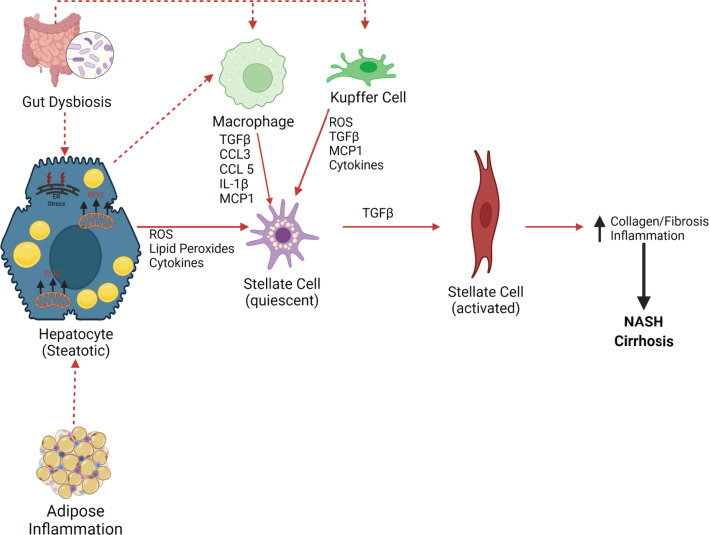Figure 4. Mechanism of hepatic stellate cell activation.
Both adipose tissue inflammation and gut dysbiosis can contribute to hepatocyte steatosis. Hepatocyte steatosis increases endoplasmic reticulum (ER) stress and mitochondrial ROS production, which alters hepatic cytokines resulting in stellate cell activation. Hepatic steatosis and gut dysbiosis also lead to the activation of hepatic macrophages and Kupffer cells that further activates stellate cells to increase collagen synthesis resulting in fibrosis and inflammation and promoting NASH; CCL3/5, chemokine (C-C motif) ligands 3/5; ER, endoplasmic reticulum; IL-1β, interleukin 1β; MCP1, monocyte chemoattractant protein-1; NASH, non-alcoholic steatohepatitis; ROS, reactive oxygen species; TGFβ, transforming growth factor-β. Created with Biorender.com

